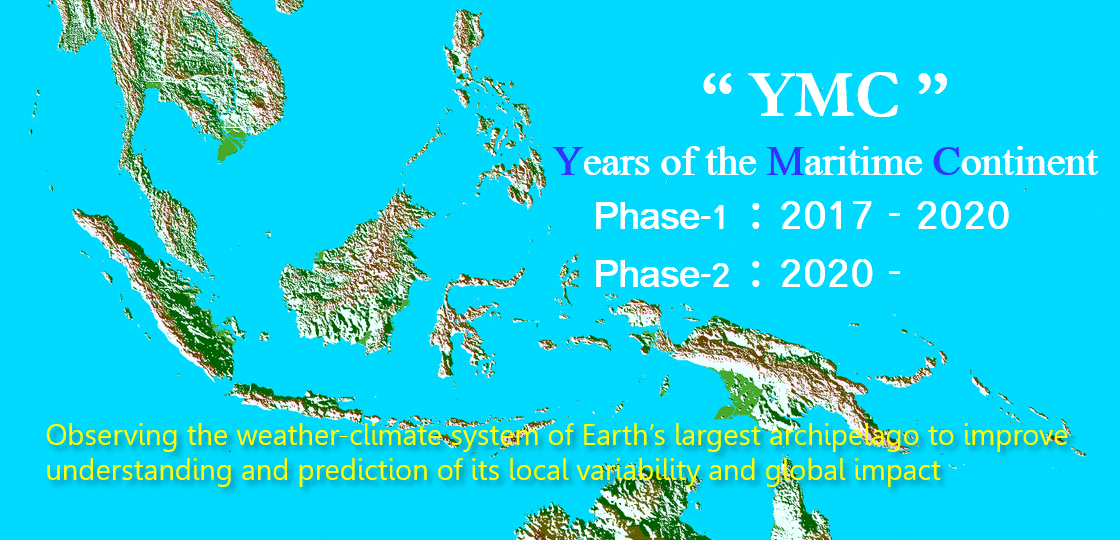|
|
August 17, 2020 : MIRAI
"Wave glider"
During on-station period, we are deploying various observation systems around the Mirai. Yesterday, I introduced TRITON buoy, today I'd like to mention about wave-glider, autonomous surface vehicle.
A wave glider consists of float (yellow part in the photo-1) and glider (identified with many fins in the same photo). This photo does not show its exact configuration during its operation, because both are connected by 8-m long umbilical cable. As you can easily guess from its name, this ASV obtains propulsion power from waves. When the float moves up and down due to waves, its motion changes glider's fin, so that it accelerates forward motion. The operator on land can control its direction via satellite. Various atmospheric and oceanic instruments are equipped, and solar energy is used for their operation. Namely, it is a nature-friendly new generation observation tool.
Photo-2 was taken when we launched. Owing to its slim configuration, it can measure ocean surface condition without significant turbulence around the vehicle.
This time in addition to standard surface meteorological sensors we have equipped GNSS-receiver, which can measure precipitable water vapor. Since water vapor plays an essential role in regulating convective activity and cloud development, this ASV equipped with various instruments can be used to monitor cloud formation from the viewpoint of air-sea interaction.
During this on-station period, we are deploying three wave gliders, which occupy west, north, and east 50 km away from the Mirai. As you may recall, we've already deployed one TRITON buoy at south of 50 km away from the Mirai. Namely, this time our observational configuration consists of six platforms within 50 km radius (five are fixed locations, and one is drifting, which will be mentioned later). This is irregular comparing to previous field campaigns, where we usually form an observation network over 100 km in space. I know, we should keep away from 3Cs on land to avoid any possible risk of COVID-19. However, we are challenging to conduct dense observation here. I believe this configuration will bring a new insight.
Note that after our one-month intensive observation here, we will recover all wave gliders as well as TRITON buoy. I do hope they work well and we can recover them. So do you.
by M. K. (edited at J-Office for English ver.)

